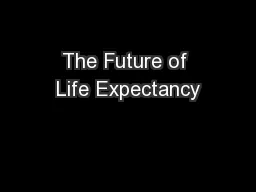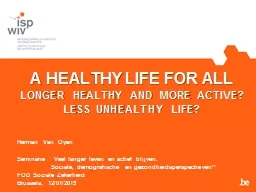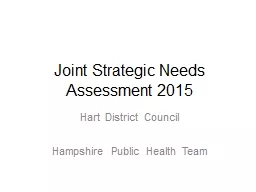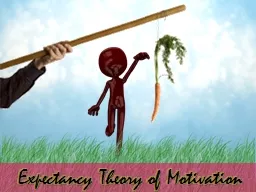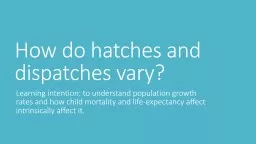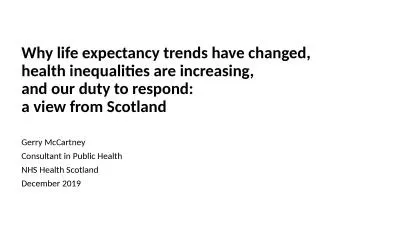PPT-The Future of Life Expectancy
Author : jane-oiler | Published Date : 2017-05-05
by James W Vaupel IAA Mortality Working Group St Petersburg 27 May 2016 View 1 Fixed frontier The fixed frontier of survival in evolutionary theories of aging
Presentation Embed Code
Download Presentation
Download Presentation The PPT/PDF document "The Future of Life Expectancy" is the property of its rightful owner. Permission is granted to download and print the materials on this website for personal, non-commercial use only, and to display it on your personal computer provided you do not modify the materials and that you retain all copyright notices contained in the materials. By downloading content from our website, you accept the terms of this agreement.
The Future of Life Expectancy: Transcript
Download Rules Of Document
"The Future of Life Expectancy"The content belongs to its owner. You may download and print it for personal use, without modification, and keep all copyright notices. By downloading, you agree to these terms.
Related Documents

